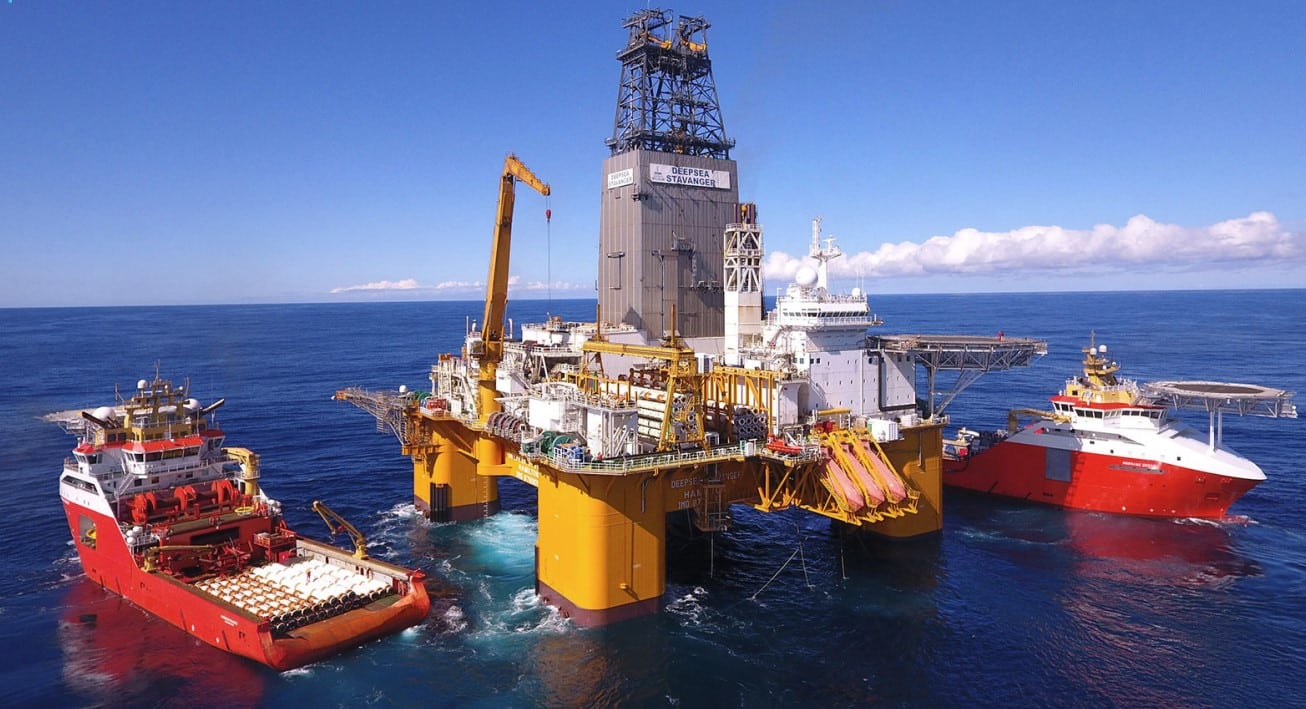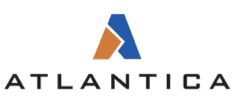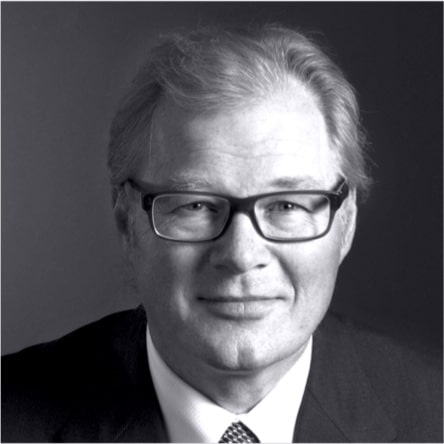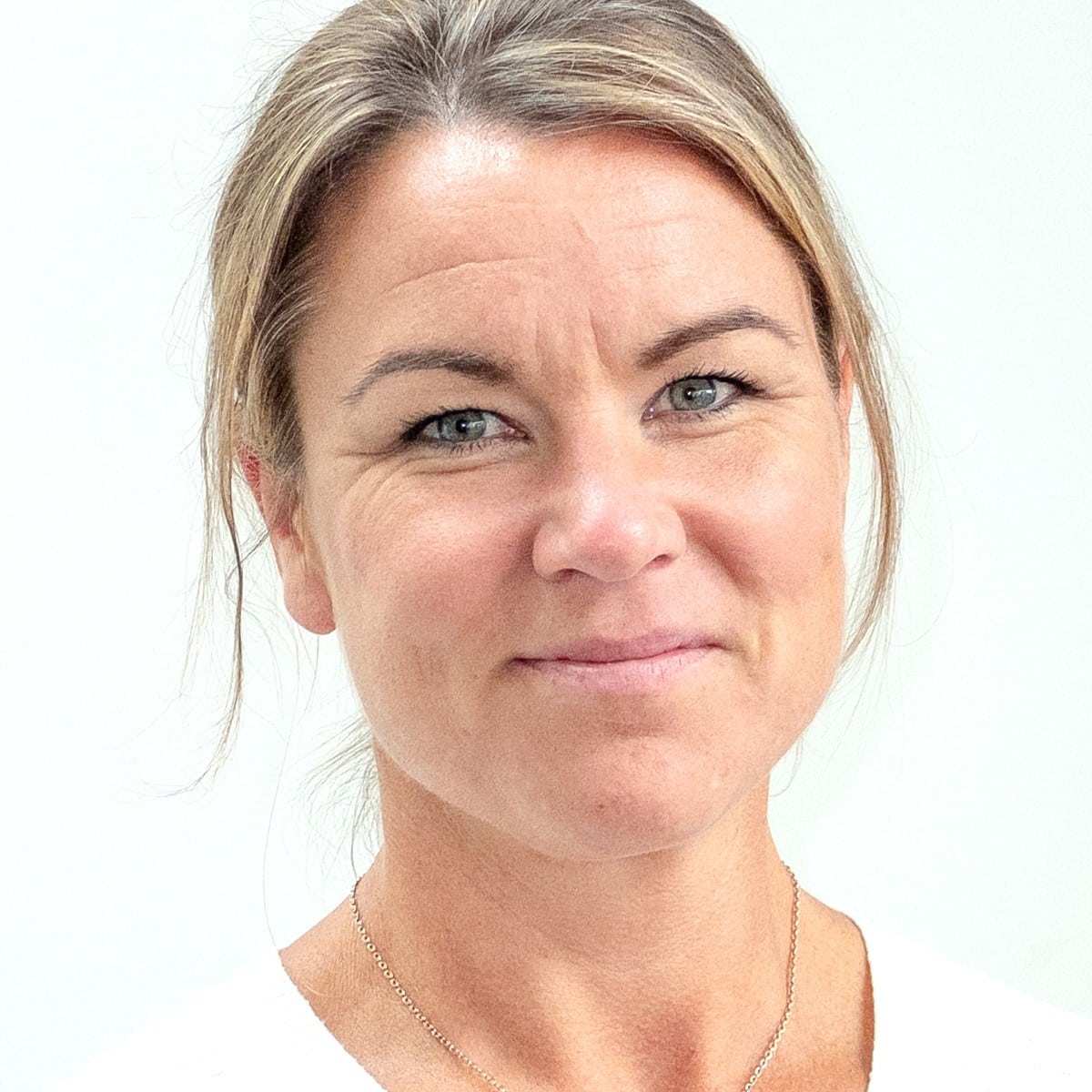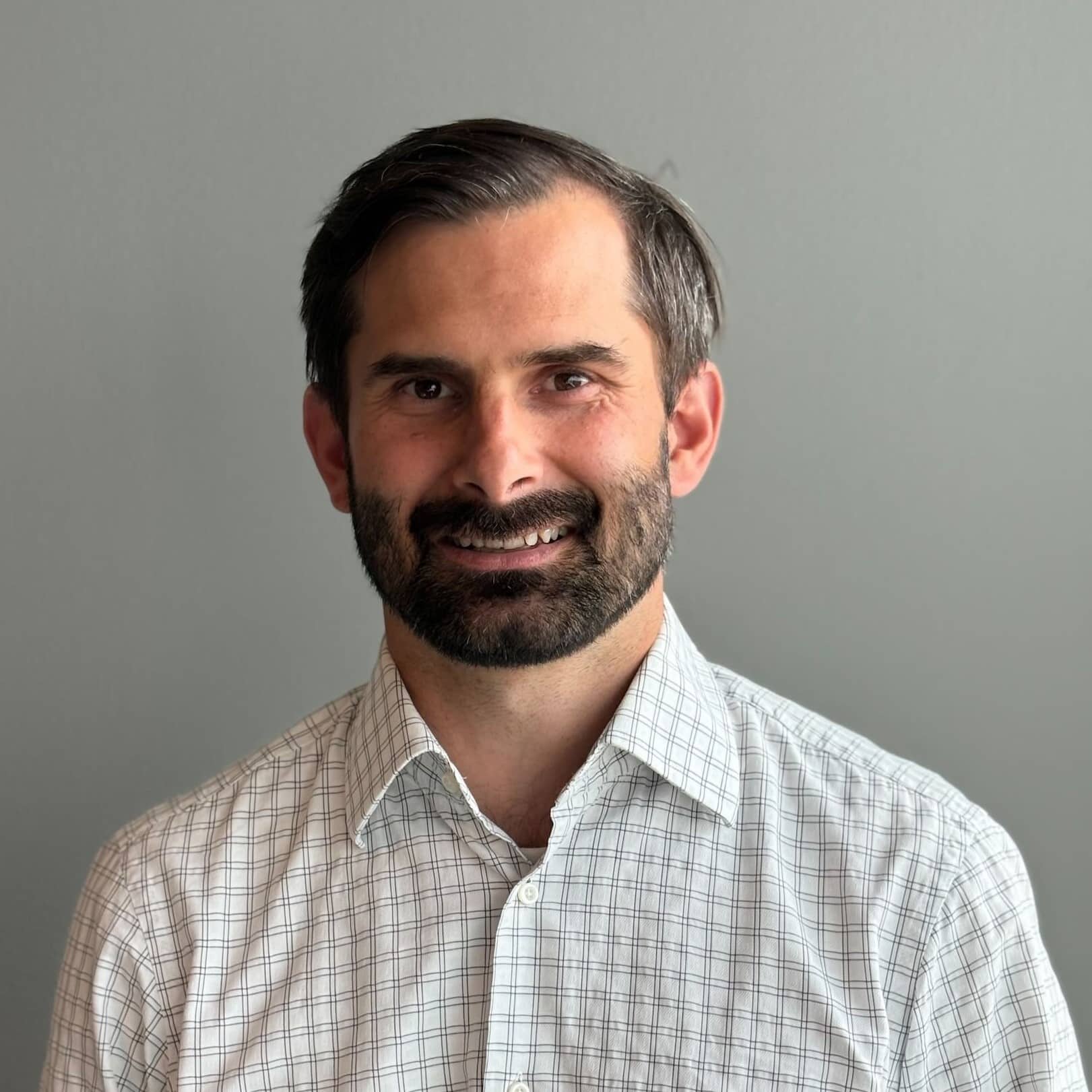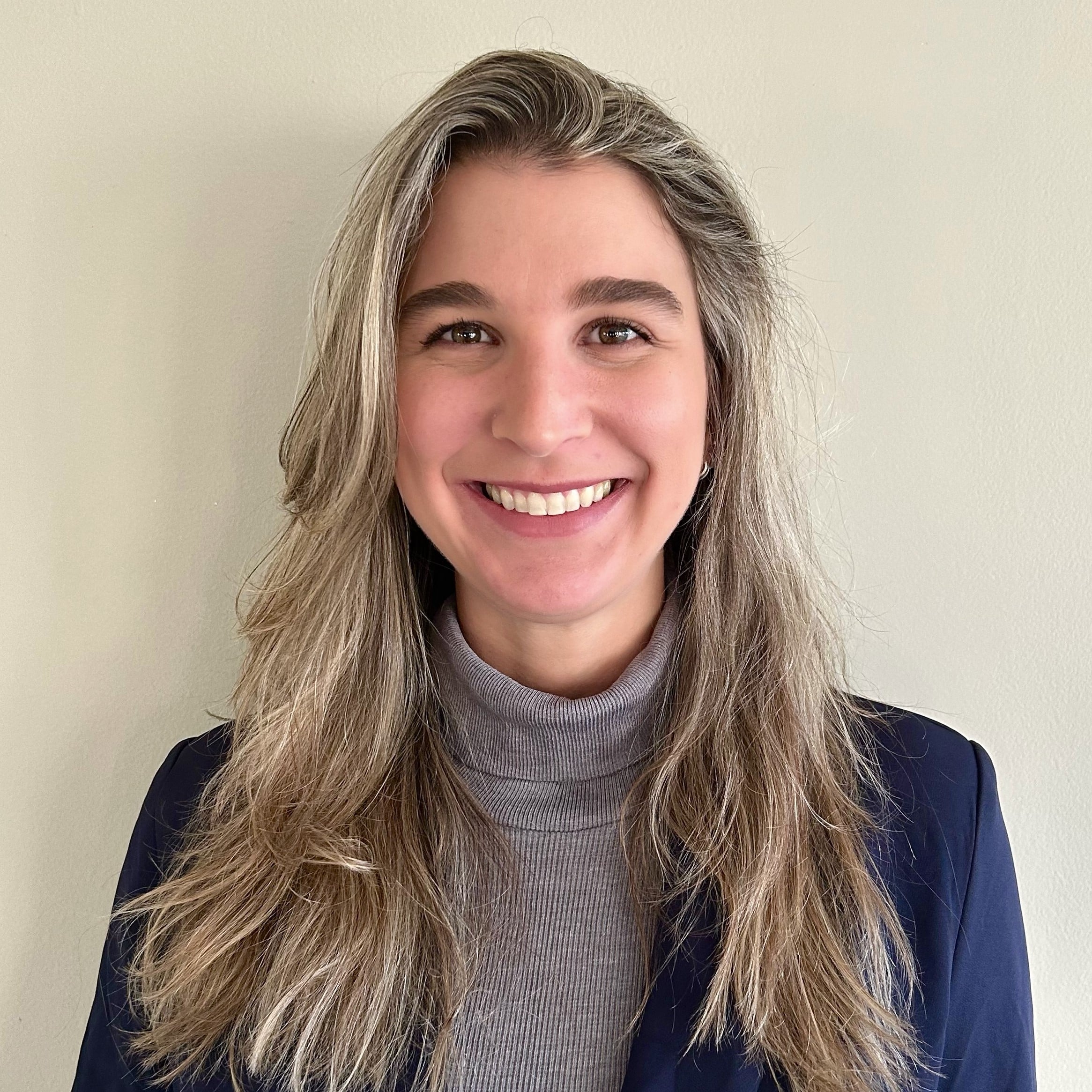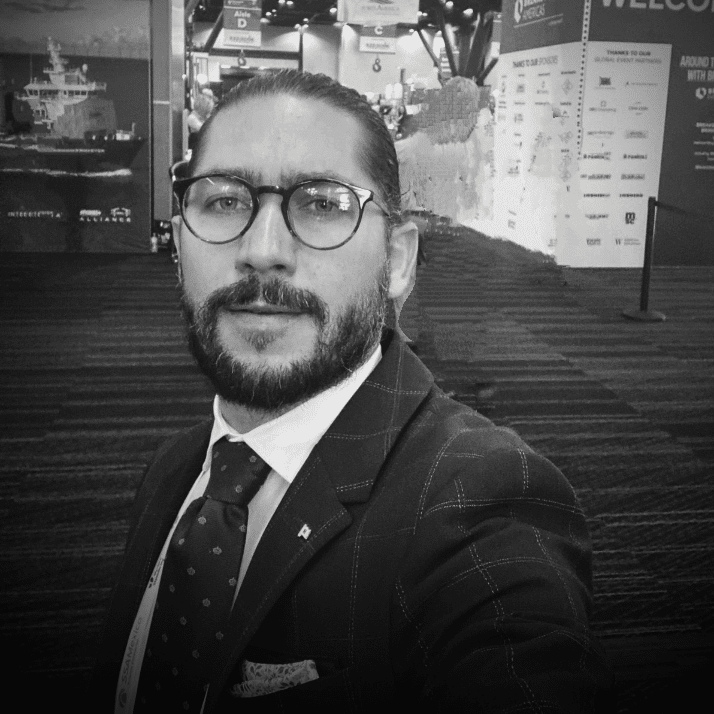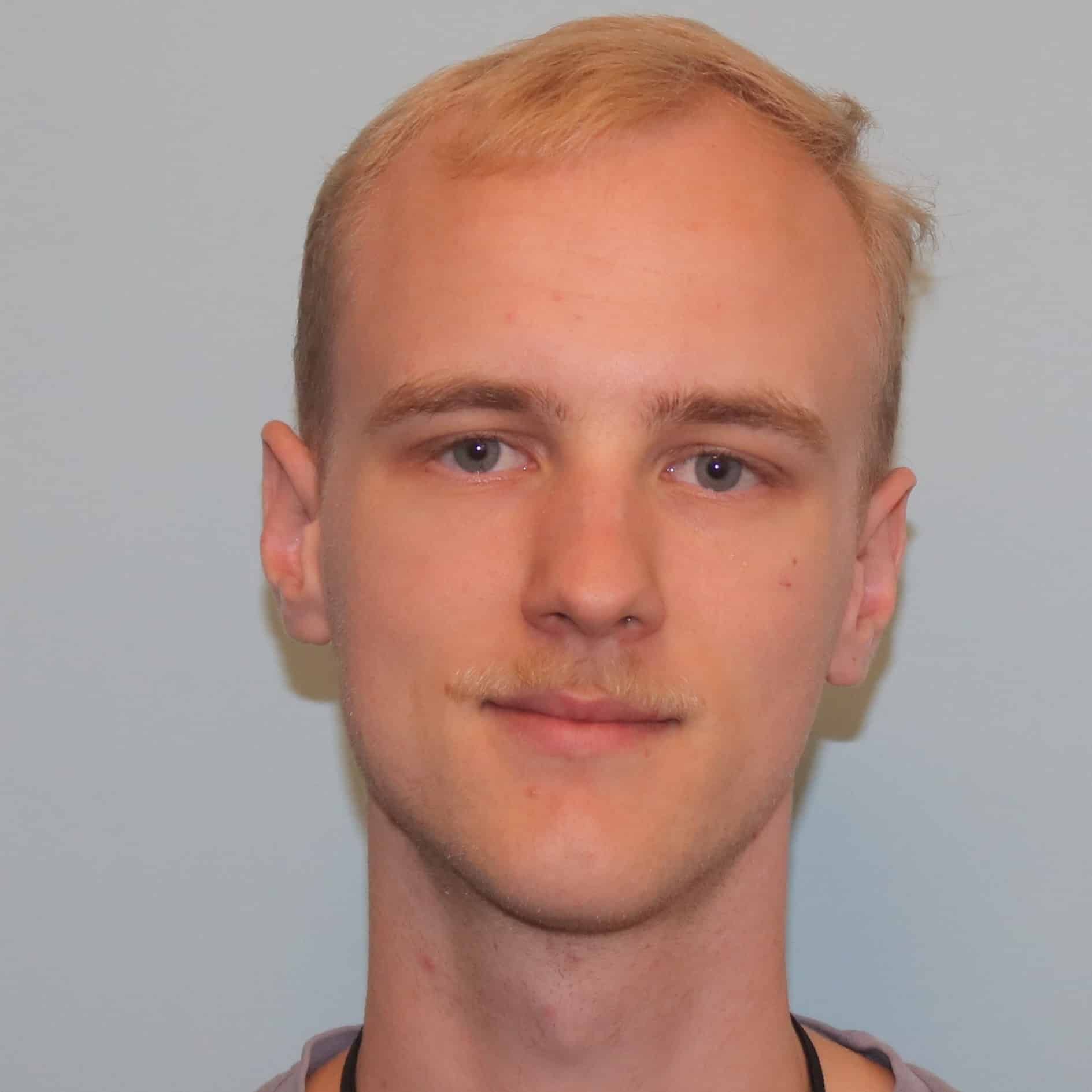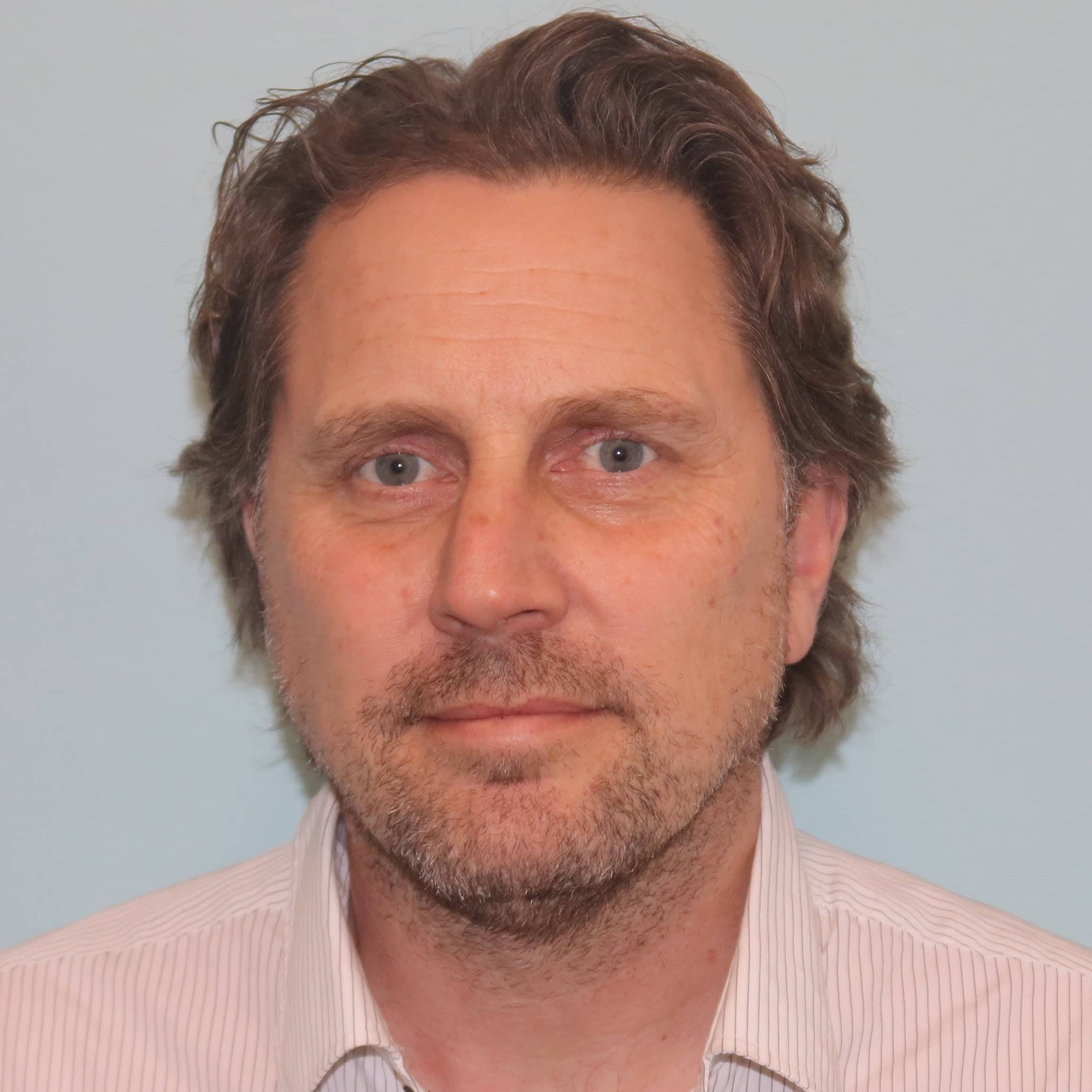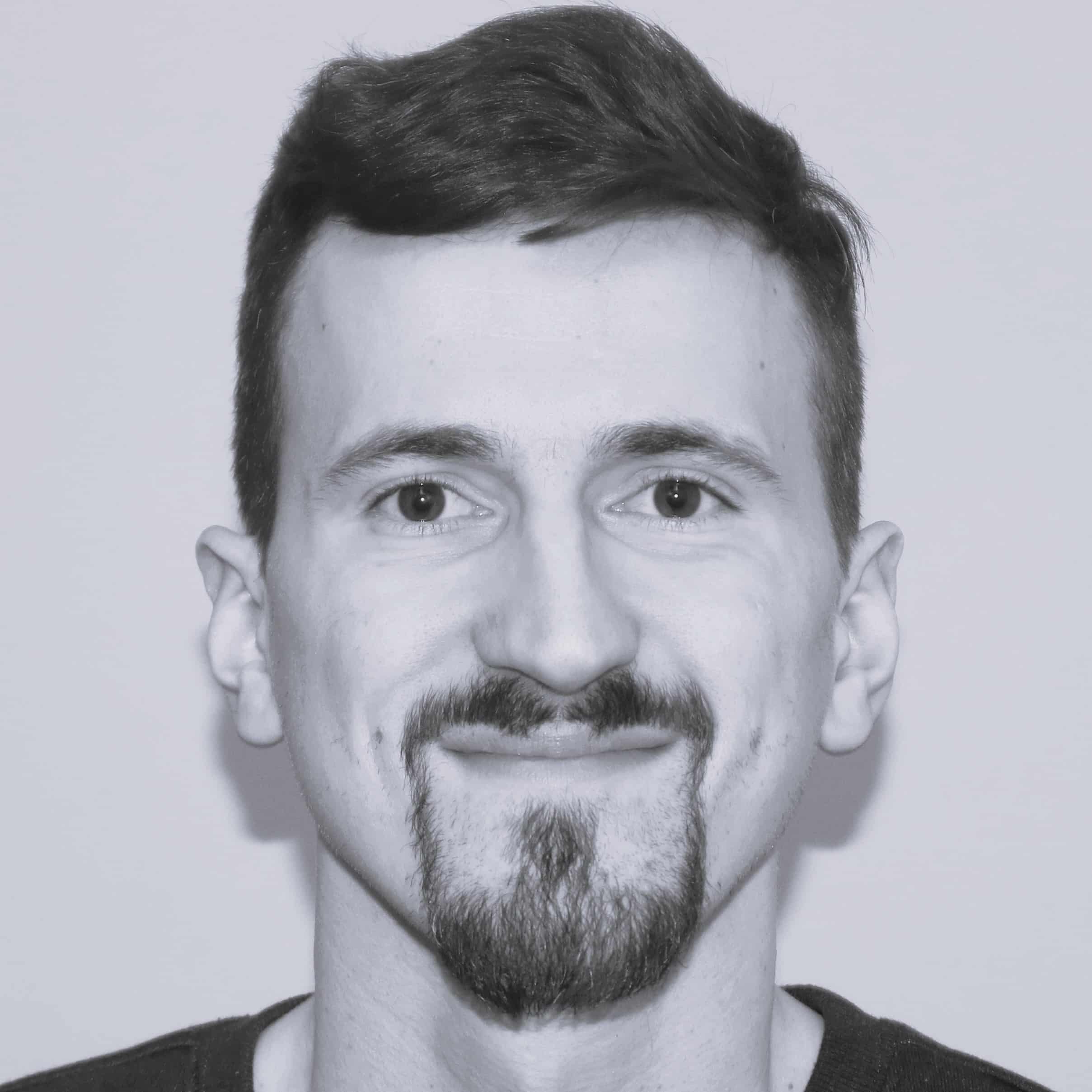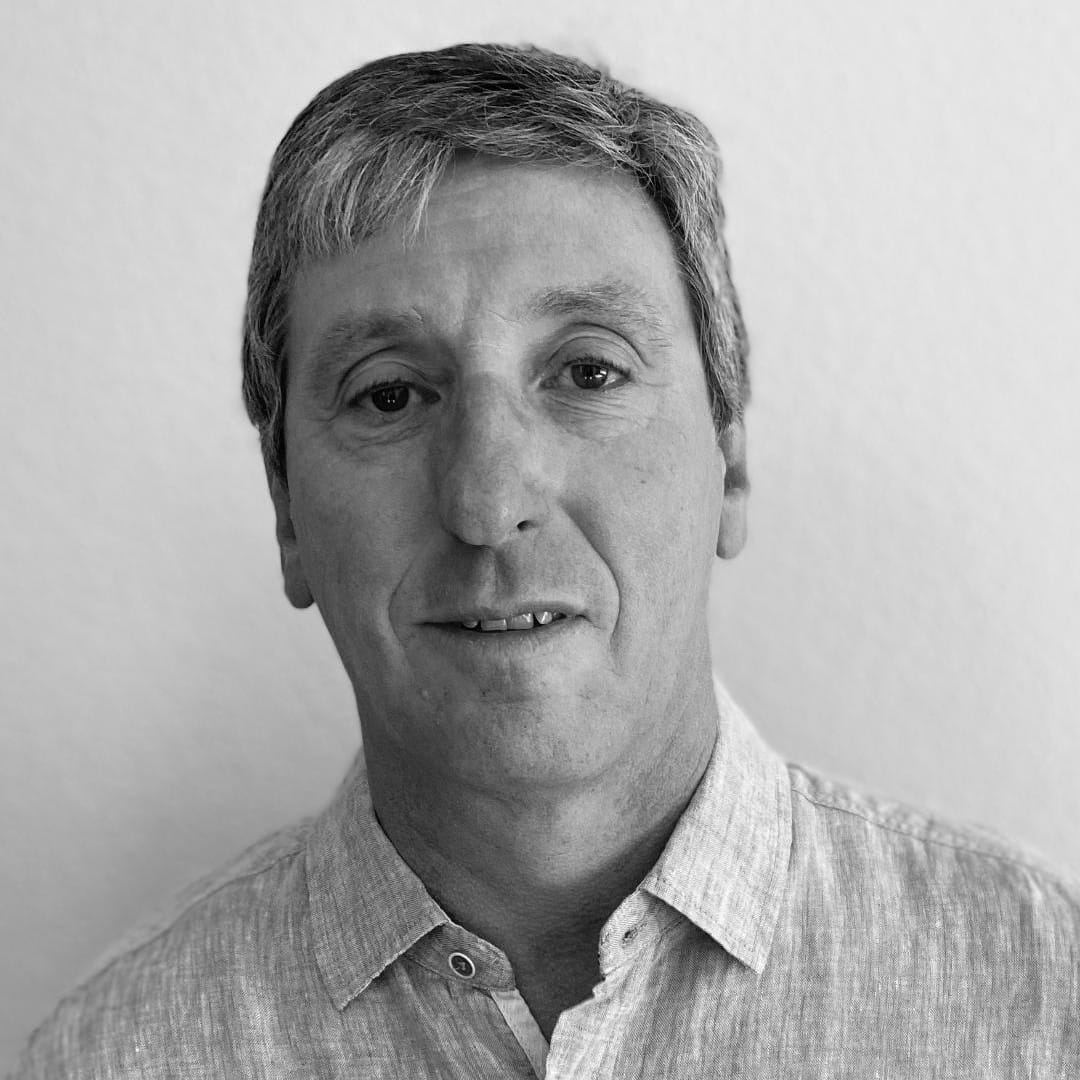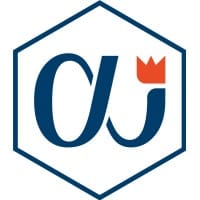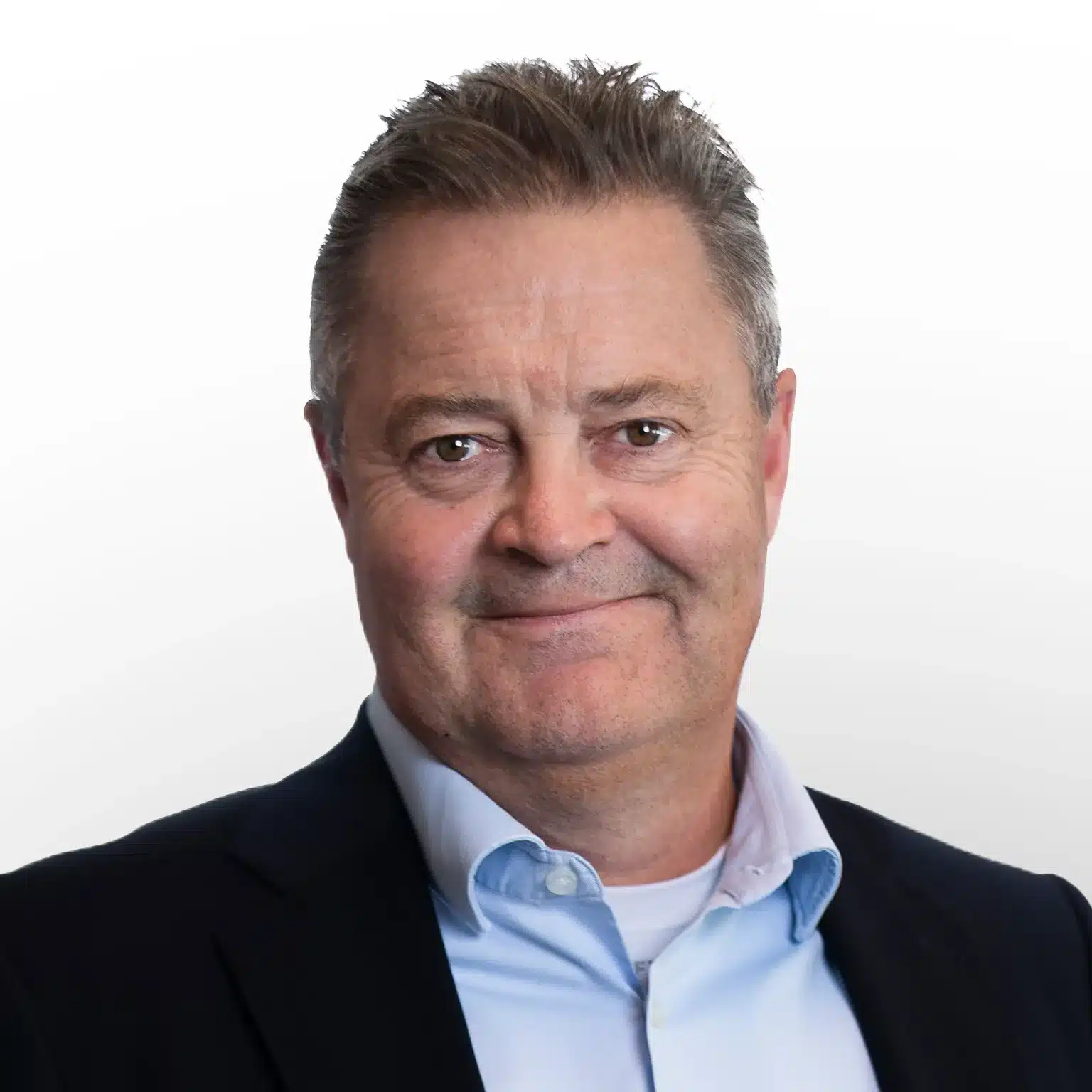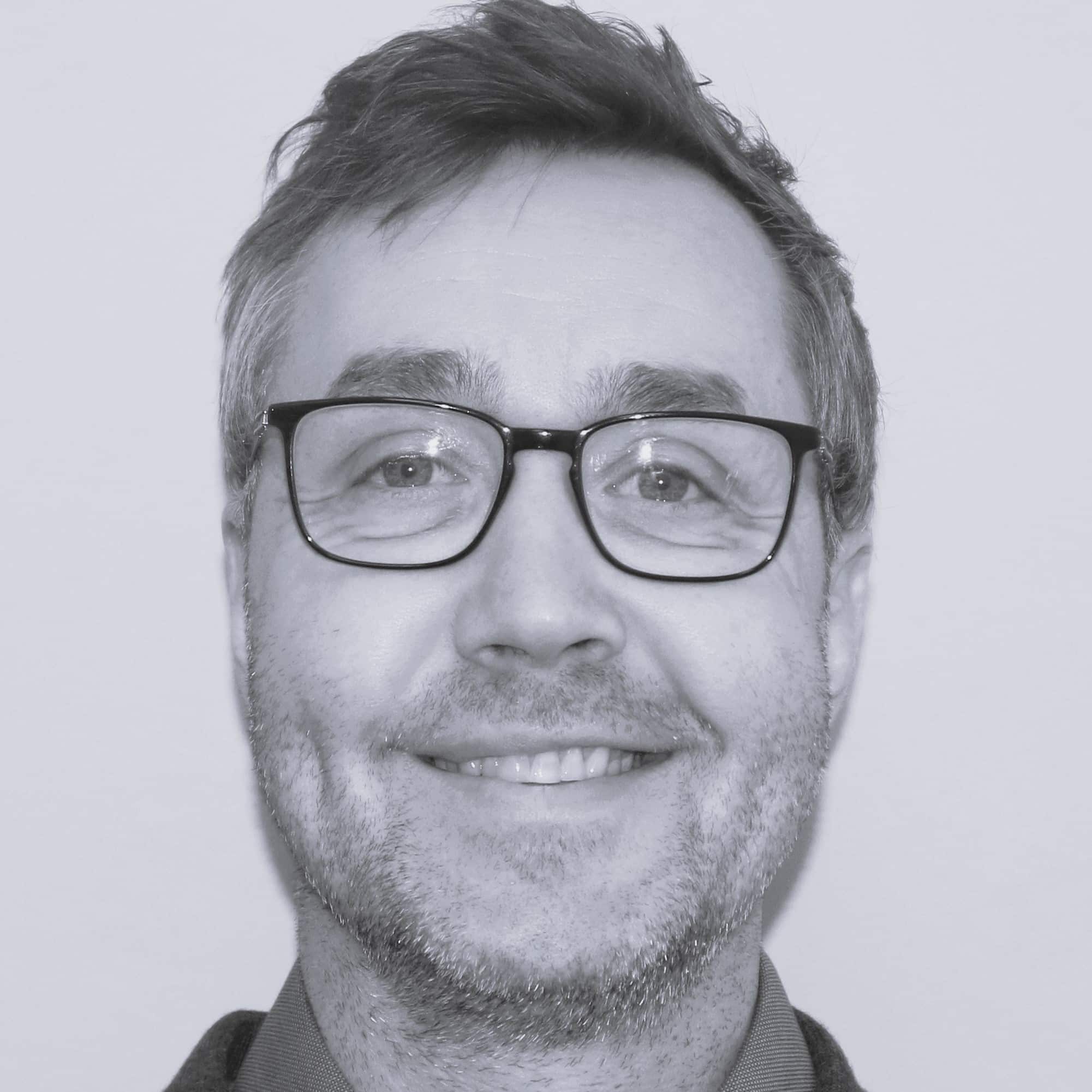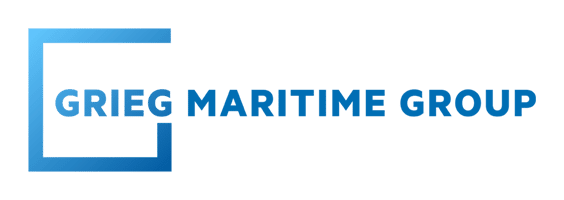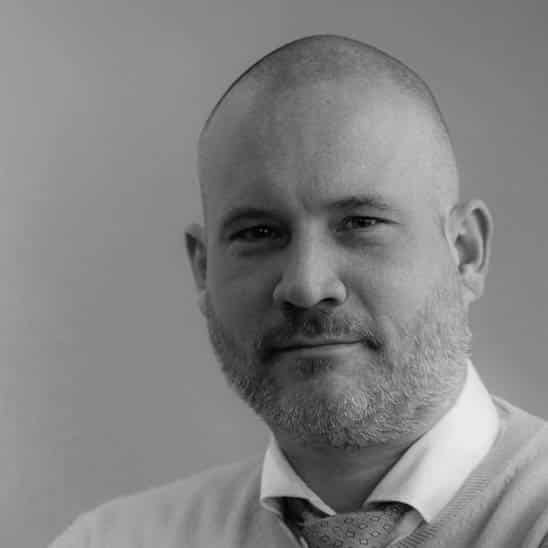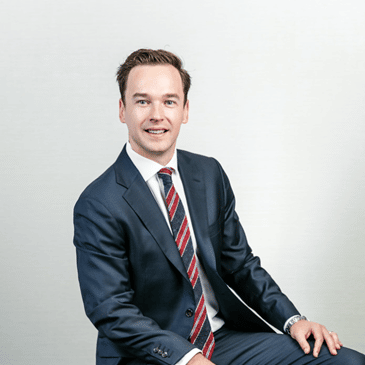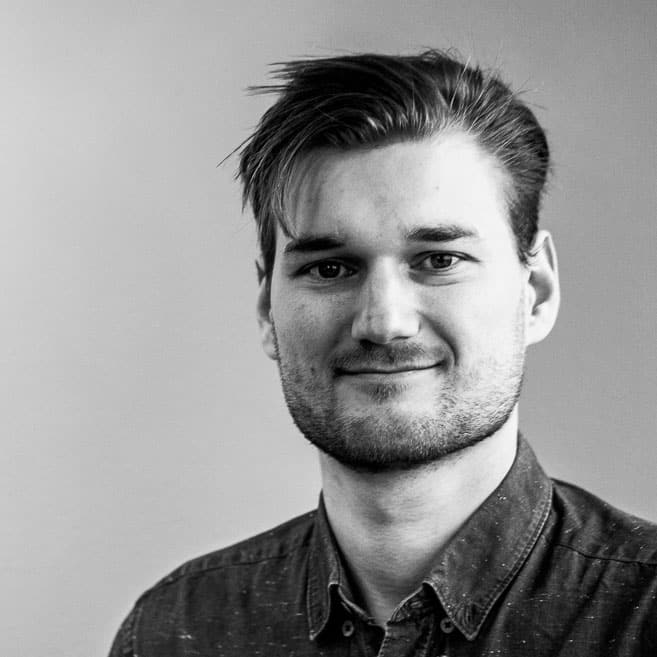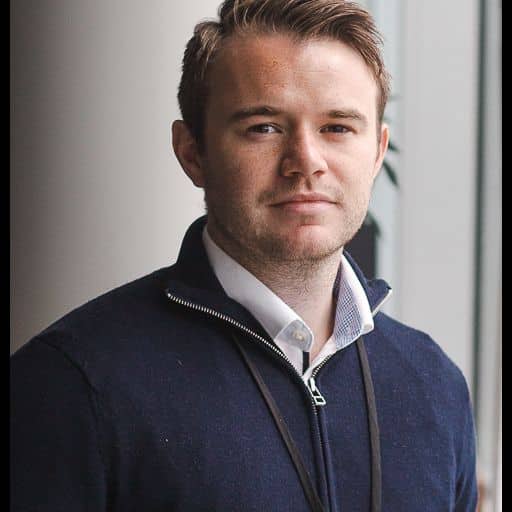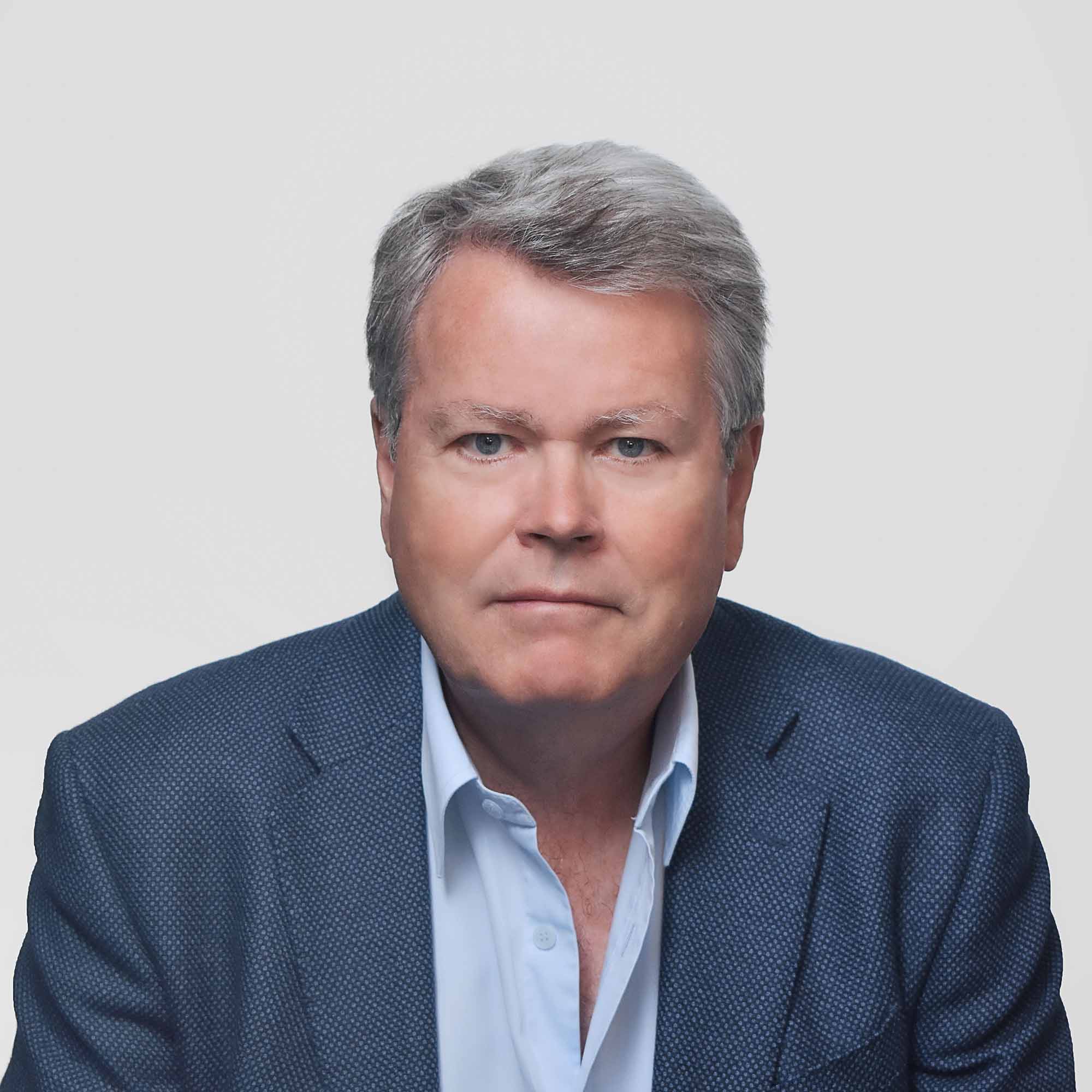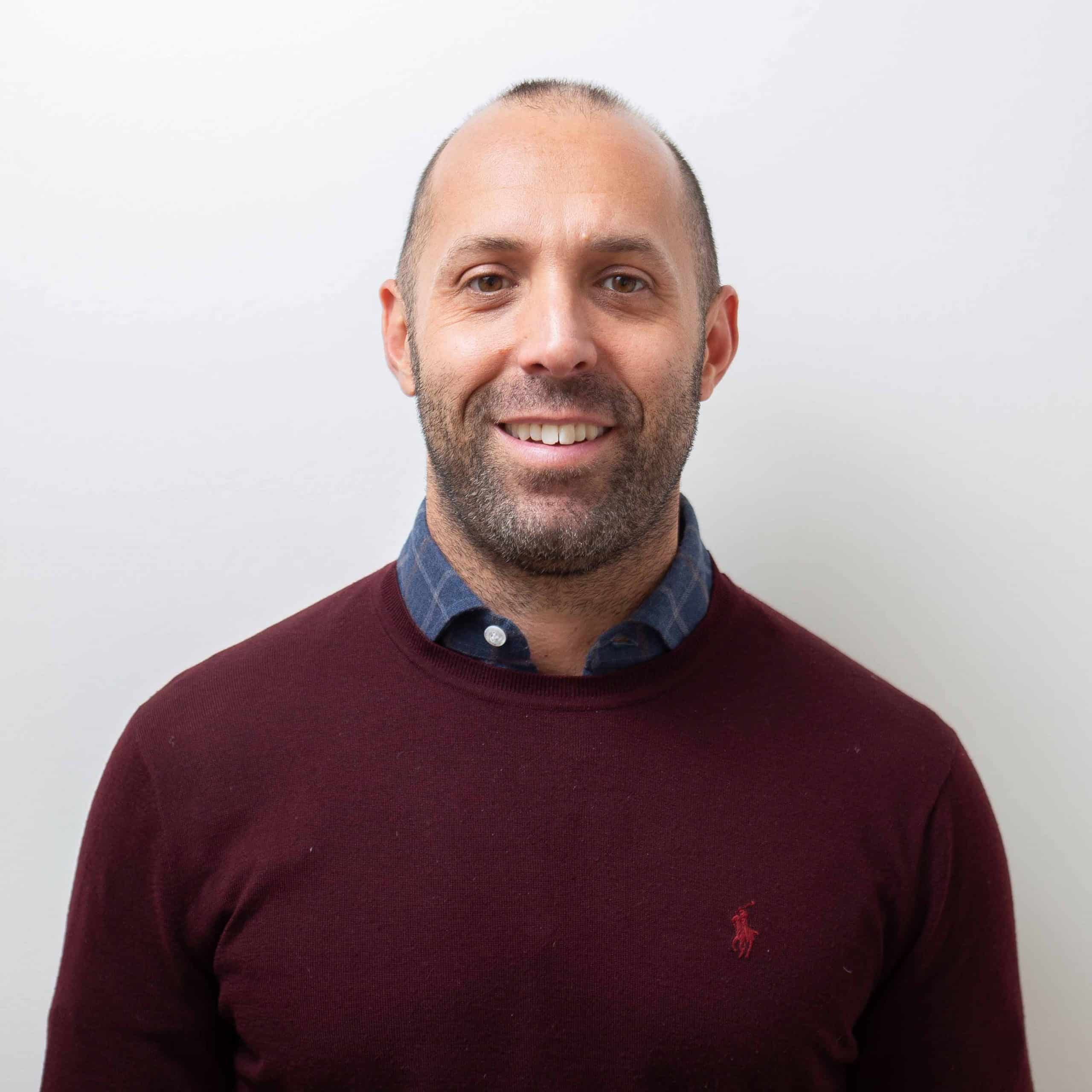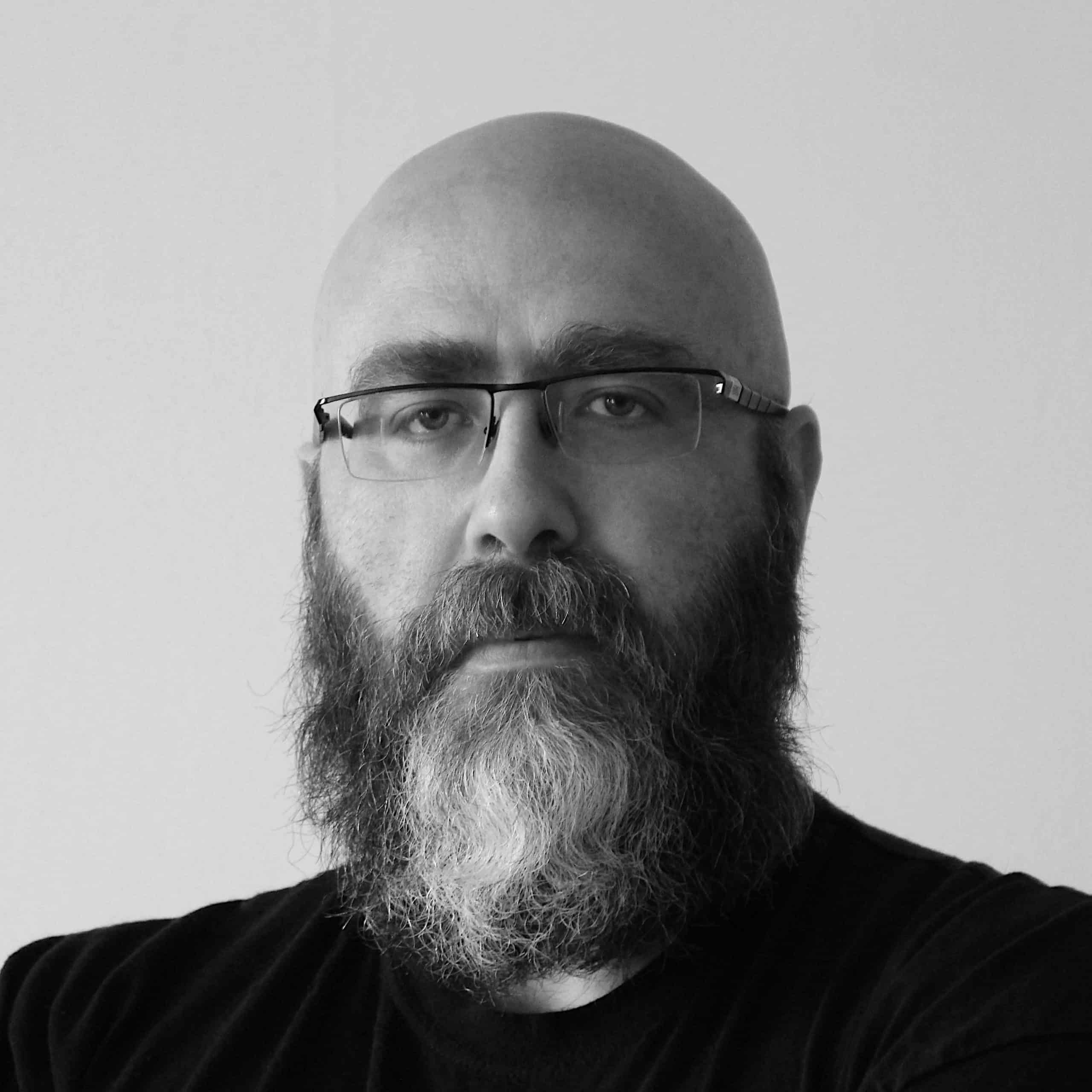Offshore rig activity remained robust this week, with new discoveries confirmed by Eni in Mexico and Wellesley Petroleum in Norway, and ongoing drilling operations by LLOG in the US Gulf of Mexico and Petrobras in Brazil.
In case you missed it, you can access our previous Rig Market Roundup here.
Drilling Activity and Discoveries
The Norwegian Ocean Industry Authority (Havtil) has given Equinor consent for exploration drilling in blocks 32/4 and 32/7 in the North Sea. The consent applies to drilling appraisal wells in connection with carbon capture and storage (CCS). This is related to the Smeaheia CCS project. The wells are named 32/7-1 (Gamma), 32/7-U-1 (Gamma pilot), and 32/4-4 (Alpha). They are located in production licence 002, which is 100% operated by Equinor and covers a large area east of the Troll field off the west coast of Norway. The water depth at the site is around 300 metres. Drilling operations will be conducted using Odfjell Drilling’s 10,000-ft semisub, Deepsea Stavanger. The rig has been working for Equinor for a long time and is scheduled to complete its contractual obligations with the state-owned operator at the end of 2024, after which it will move on to its long-term contract with Aker BP.
Operator LLOG Exploration Company is currently drilling its fifth well at the Buckskin field in the US GOM. Currently, three wells are producing at Buckskin with a fourth well expected to start producing during the third quarter of 2024. Buckskin includes Keathley Canyon Blocks 785, 786, 828, 829, 830, 871, and 872. Seadrill 12,000-ft drillship West Neptune has been drilling for LLOG at Keathley Canyon 872 while Noble 12,000-ft drillship Noble Valiant is currently drilling for LLOG at the Leon field on Keathley Canyon Block 686. West Neptune recently secured a six-month extension with LLOG. LLOG partner Navitas Petroleum stated that additional wells are to be drilled for full production at Buckskin, in line with recently announced plans from LLOG.
Equinor and its partners Petoro, Vår Energi, and TotalEnergies started production from the first Lavrans well in the Kristin South area in the Norwegian Sea on 7 July 2024. The partnership submitted the plan for development and operation (PDO) of the Lavrans and Kristin Q discoveries as satellites to the Kristin field in 2021. This is the first phase of the Kristin South project. The PDO was approved by the authorities in 2022. Equinor has been using THE 10,000-ft semisub Transocean Spitsbergen for operations in the area. The rig has recently secured a three-well contract extension with Equinor with options for up to six additional wells. A new subsea template has been installed and tied into the Kristin platform, now processing oil and gas from the first well at the Lavrans field. The gas will be exported through the pipeline system to the European market, while the oil will be transported to the market by ship via the Åsgard C storage vessel. Four additional wells are planned as part of the first phase of the Kristin South project, three at the Lavrans field and one in the Q-segment at the Kristin field. The latter will be drilled from an existing subsea template that has been tied back to the Kristin SEMI. The expected production in phase one of the Kristin South project is in the PDO estimated at 6.2 GSm3 of gas and 1.9 MSm3 of oil (a total of 58.2 million barrels of oil equivalent).
The Norwegian Ocean Industry Authority (Havtil) has given Equinor consent to use the 2,460-ft semisubmersible COSLPromoter for production drilling on the Eirin field offshore Norway. The field is located in production licence 048E, which is operated by Equinor with PGNiG Upstream Norway participating as a partner. The COSLPromoter has been working for Equinor in Norway for years. In August 2023, Equinor awarded new contracts to COSLPromoter as well as the 2,460-ft semisub COSLInnovator, which is currently operating in the UK. Eirin is located in the central part of the North Sea, approximately nine kilometers northwest of Gina Krog. It was discovered in 1978, and a plan for development and operation (PDO) was approved in 2024. The field will be developed with a subsea facility containing two wells connected to the Gina Krog platform. The field is currently under development, with the expected production start in 2025. COSLPromoter has recently drilled the Toppand East (Øst) well, operated by Wellesley Petroleum on behalf of the licence partners, and the well was dry. The rig then moved on to the Gnomoria appraisal well, which was completed in early July.
Eni has made a new discovery at the Yopaat-1 EXP exploration well in Block 9 of the Sureste Basin offshore Mexico. Preliminary estimates indicate a discovered potential of around 300-400 million barrels equivalents of oil and associated gas in place. The well was drilled with Valaris 8,500-ft semisubmersible Valaris DPS-5 in 1,722 ft (525 m) of water and reached a total depth of 9,616 ft (2,931 m). The well encountered around 200 m of net pay in hydrocarbon bearing sands in the Pliocene and Miocene sequences. Valaris DPS-5 was previously used to drill the Saasil-1 well on adjacent Block 10. Following Yopaat-1 and other discoveries in the area, Eni estimates resources in place at its operated Blocks 7, 9, and 10 to exceed 1.3 billion BOE, which allows Eni to advance with studies towards a potential future hub development offshore Mexico. Eni is currently the operator of seven exploration and production blocks in the Sureste Basin. The company is the operator of Block 9 with a 50% interest, while Repsol has the remaining 50% interest.
First gas production has started from the Jerun field in Block SK 408, located approximately 160 km off Sarawak, Malaysia, Petronas has informed. The block is operated by SapuraOMV with 40 percent participating interest, while the remaining 60 percent is equally shared by Petronas Carigali and Sarawak Shell Berhad (SSB). The Jerun field was first discovered in 2015 by SapuraOMV, following the drilling of nine exploration wells from 2014 to 2015. Earlier in 2024, Borr Drilling’s 400-ft jackup Gunnlod completed work with SapuraOMV after drilling six development wells at the Jerun field. According to Petronas, the Jerun project is capable of producing up to 550 million standard cubic feet per day (mmsfd).
Wellesley Petroleum has proven oil and gas in the Gnomoria appraisal well in the North Sea, about 100 kilometres southwest of Florø, Norway. The well 35/10-12 S was the first appraisal to be drilled in production licence 1184 S, which is operated by Equinor in partnership with Wellesley, the operator of the well. It was drilled with the 2,460-ft COSLPromoter semisubmersible rig. Preliminary estimates of the size of the discovery range between 0.8 to 4 million standard cubic metres of recoverable oil equivalent (Sm3 o.e.). This corresponds to between 5 to 25 million barrels o.e. Gnomoria is located in an area with multiple discoveries and the licensees are considering a tie-back to existing infrastructure in the area. Wellesley CEO, Chris Elliott, commented: “Although modest in size, the discovery has favourable characteristics which we are confident will allow commercial recovery.” The well was drilled to a vertical depth of 3346 metres below sea level (3805 metres measured depth below sea level), and was terminated in the Heather Formation in the Upper Jurassic. The water depth at the site is 363 metres. The well has been permanently plugged and abandoned. The rig will now resume working for Equinor, including production drilling on the Eirin field in the North Sea.
The Norwegian Offshore Directorate (NOD) has granted Equinor a drilling permit for a wildcat well in the Norwegian Sea. The well 6610/7-3 Arkenstone is located in production licence 1014, which is operated by Equinor with OKEA as a partner. The well will be drilled with Odfjell Drilling’s semisub Deepsea Atlantic. The rig is scheduled for a yard time and SPS this summer after which it will return to work for Equinor. The earliest start for drilling operations on the Arkenstone well is in October 2024. The duration of drilling will be up to 34 days.
China’s CNOOC Limited announced on Thursday that the Bozhong 19-6 Condensate Gas Field D1 Well had achieved a high yield. The Bozhong 19-6 Condensate Gas Field is located in central Bohai Bay, with an average water depth of about 20 metres (about 65 feet). It contains proven oil and gas reserves of more than 200 billion cubic metres of natural gas and over 200 million cubic metres of oil. This is the first gas field of such a size in the deep-buried hill play offshore China, according to CNOOC. While the water depth at the site is 20 metres, CNOOC has labelled the D1 well as ‘the first ultra-deep well’ in Bohai Bay, as it was drilled to a depth of 6,088 metres (19,973 feet). According to CNOOC, the well is now producing approximately 6,300 barrels of oil equivalent per day. CNOOC did not specify which rig was used to drill the well. According to AIS information, the 400-ft jackup Hai Yang Shi You 947 and the 375-ft jackup Kan Tan VI are located in the vicinity of the BZ19-6 WHPM platform in the Bohai Bay.
Brazilian state company Petrobras has started drilling an ultra-deepwater well in Block ES-M-673, in the Espirito Santo basin. Petrobras operates the block with 100% interest after Equinor and Enauta relinquished their interests. The 1-BRSA-1393-ESS wildcat is being drilled in 2,848 metres of water depth, with Foresea’s 10,000-ft Norbe IX 6th gen drillship. The rig has been under contract since January 2022 and is expected to stay busy with the operator until early next year. Norbe IX is one of five floaters in Foresea’s fleet, including 10,000-ft drillships ODN I, ODN II, and Norbe VIII, as well as the 7,874-ft semisubmersible Norbe VI. All rigs are booked with Petrobras in Brazil, for the next 3 to 7 years.
ConocoPhillips has contracted critical drilling items in preparation for its 2025 Otway exploration drilling programme, as informed by its partner, 3D Energi. Following the securing of the 1,640-ft semisub Transocean Equinox for the drilling project, the joint venture has now entered into contracts for the supply of essential drilling items, including subsea wellheads, conductor pipes, casing, and liners. Procurement activities will progressively increase ahead of the drilling of two firm exploration wells in 2025, pending regulatory approval, 3D Energi stated. The Transocean Equinox, which recently mobilised to Australia for a five-well drilling contract, is currently expected to arrive in the Otway during the first quarter of 2025. ConocoPhillips’ Otway drilling Environmental Plan (EP) is currently under assessment with the Australian regulator, NOPSEMA. The EP proposes seabed surveys and the drilling of up to six exploration wells in exploration permits VIC/P79 and T/49P, located in Commonwealth waters offshore Victoria and King Island, Tasmania, with two wells in the first phase. Drilling locations for the two wells in Phase 1 of the drilling programme are yet to be determined and will depend on the outcome of 3D seismic interpretation results in both VIC/P79 and T/49P.
Demand
Navitas Petroleum is continuing towards a planned final investment decision for the Sea Lion development offshore the Falkland Islands in 2024. Navitas, which operates Sea Lion with a 65% interest, has submitted a field development plan and environmental impact statement to the Falkland Islands government and is working to secure a financing package for the development of Phase 1 of the project. Phase 1 of the project will include 11 wells to be produced through an FPSO, with the first oil planned by the end of 2026. A second phase of 12 wells would follow one to two years after this. Rockhopper Exploration holds a 35% interest in Sea Lion.
Deltic Energy has accepted one of the two licences that were provisionally awarded by the North Sea Transition Authority (NSTA) in Tranche 3 of the UK’s 33rd Offshore Licensing Round. As a reminder, upon being provisionally awarded two licences over eight blocks and part blocks by the NSTA in May 2024, Deltic was uncertain which, if any, of these awards it would accept in light of the current fiscal and political environment in the UK. Deltic has now accepted Licence P2672 (Deltic 100% WI), which is located immediately to the west of the West Sole gas field and covers blocks 47/5e, 47/10c, and 48/6c, and contains the Pharos and Teviot discoveries. Deltic’s preliminary evaluation, completed as part of the application process, has resulted in an updated understanding of the structural setting, which suggests that the Pharos discovery and the Blackadder prospect are in fact a single Leman Sandstone structure. The 47/05d-6 well, drilled by a consortium led by Dana Petroleum in 2013, targeted what was originally interpreted to be a standalone prospect formerly called Pharos, however updated structural mapping indicates the well intersected the materially larger Blackadder structure in a downdip location.The initial 3-year Phase A work programme commitments for the licence are focused on the reprocessing of legacy 3D seismic data to improve reservoir imaging and refine the structural model in order to further de-risk the Blackadder structure at nominal cost. Graham Swindells, CEO of Deltic, commented: “The Blackadder project has many analogous attributes to the Selene prospect, where the reworking of legacy datasets has unearthed a potential missed pay opportunity of material scale. Blackadder’s location, in close proximity to existing infrastructure that requires new third party gas to defer decommissioning, should enhance its value in a mature basin where new licences are likely to become increasingly scarce. Over the coming year we will progress our work on the legacy data in preparation for farm-out, in anticipation of drilling an appraisal well on Blackadder in due course.” Meanwhile, after failing to secure a funding solution for the Shell-operated Licence P2252 and the Pensacola appraisal well in the UK North Sea, Deltic is withdrawing from the licence. The Selene exploration well is expected to start drilling this month.
EOG Resources proposes drilling up to three wells, exploration and/or appraisal, into the Beehive structure offshore Western Australia, with its plan now open for comment. The Beehive prospect is located in the EOG Resources-operated Block WA-488, in Commonwealth marine waters of the Joseph Bonaparte Gulf, about 77 kilometres (km) off the Western Australian coastline. The wells could be drilled at any time within a five-year window under the environment plan, starting no earlier than 1 January 2025 and to be completed no later than 31 December 2029. These may be drilled through multiple drilling campaigns, with the drilling of each well contingent on the success of the prior well. Each well is expected to take 55-150 days to drill, with the drilling duration subject to change based on geological conditions and potential for operational challenges. Operations will be conducted 24 hours per day, seven days per week, using a jackup drilling rig. The drilling start is subject to rig availability and the acceptance of the EP. To remind, NOPSEMA in June accepted EOG’s plan for the drilling of the Beehive-1 exploration well.
Shell subsidiary Shell Trinidad and Tobago Ltd. has taken the Final Investment Decision (FID) on the Manatee project, an undeveloped gas field in the East Coast Marine Area (ECMA) offshore Trinidad and Tobago. Manatee is slated to start production in 2027 and then move towards peak production of around 104,000 BOE/d (604 MMscf/d). The Manatee gas field will provide backfill for the Atlantic LNG facility in Trinidad & Tobago. The project will involve a Normally Unattended Installation platform located in the ECMA acreage with eight development wells via a 110 km pipeline to the Shell-operated onshore Beachfield gas processing facility, for onward export to the Atlantic LNG facility, and to the National Gas Company of Trinidad and Tobago for the domestic gas market. Shell is the operator of Manatee with a 100% working interest under the sub-Block 6D Production Sharing Contract. ECMA also contains Shell’s producing gas fields Dolphin, Starfish, Bounty and Endeavour. The Loran-Manatee field was discovered in 1983, with Loran representing portions of the field in Venezuelan waters and Manatee the portion offshore Trinidad and Tobago. Formerly covered by a unitization agreement, the two countries terminated this agreement in 2019 in order to allow each country to independently develop its share.
Mobilisation/Rig Moves
The Ventura Offshore-managed 10,000-ft semisubmersible SSV Catarina has left the Vung Tau anchorage in Vietnam and is now en route to Indonesia. Eni recently used the rig to drill the Sáo Trúc-1X exploration well in Block 124, offshore Vietnam, and will now use it to drill in Indonesia. The 6th-generation rig is expected to arrive in Balikpapan Indonesia on or around 25 July 2024. The 2013-built SSV Catarina semisub is managed by Ventura Offshore, which will soon become the rig’s owner, after recently agreeing to buy it from a group of Norwegian investors.
Shelf Drilling’s 400-ft jackup drilling rig, Shelf Drilling Perseverance, is currently en route to Vietnam, after departing a yard in Singapore on 8 July. Vietnam’s PVEP-POC will use the rig, previously known as the Noble Hans Deul, for drilling operations as part of the third phase of the Dai Hung field development. PVEP-POC plans to start the drilling campaign in late July 2024, aiming to achieve the first oil target in the fourth quarter of 2024, as outlined in the approved Field Development Plan. The rig’s relocation is being supported by the Vallianz Titan and Hai Duong 109 vessels. The Dai Hung Field Development – Phase 3 Project encompasses a drilling programme that includes 12 production wells, injection wells, well repair operations, and the sidetracking of the DH-21XP well in the DH-02 area, spanning a duration of 480 days. Earlier in 2024, the Shelf Drilling Perseverance departed from the UK, and arrived in Singapore for contract preparation.
Ocean Oilfield Services’ 150-ft jackup B152 is en route to resume its contract with ADNOC following a maintenance period in Dubai. The rig underwent an SPS at KEZAD shipyard in Abu Dhabi and Dubai Dry Docks, departing Dubai on 10 July to restart work for ADNOC. These will be the final days of a two-year contract, after which the Baker Marine BMC-150-IC rig will begin a new, one-year contract with the same client. The new contract, an option exercised by ADNOC in March 2024, is expected to start in mid-July 2024. By the end of the contract, expected mid-July 2025, the jackup will have spent nearly a decade working in the UAE.
Other News
Mexican conglomerate Grupo Carso has signed a contract with state oil company Pemex for exploration and production services at the deepwater Lakach field offshore Mexico. Grupo Carso will invest over $1.2 billion into the project. Pemex will retain ownership of Lakach and its resources. Natural gas produced from the field will be transported onshore, where Grupo Carso will construct a facility for the treatment of natural gas and condensates. The company estimates production from Lakach to start in around two and a half years. To execute this project, Grupo Carso has contracted oil and gas company Talos Energy and engineering and infrastructure company FCC Construccion as support. The Lakach field was discovered in 2007 and covers 33.82 sq km off the coast of Veracruz with wells located in water depths of around 2,952 to 10,532 ft (900 to 1,200 m). Pemex previously carried out exploration and development at Lakach but ceased investment in 2014 due to oil price declines. In late 2022, an agreement was signed with energy infrastructure company New Fortress Energy to develop the field. This agreement is understood to have been terminated in late 2023. Grupo Carso recently acquired PetroBal Operaciones Upstream and its stake in the Ichalkil and Pokoch fields offshore Mexico.
After crossing the 40% threshold of the Norwegian Securities Trading Act in June 2024, thereby being obliged to make a bid for the remaining shares in Northern Ocean, John Fredriksen’s Hemen Holding has now launched a mandatory offer for the remaining shares of the company that owns two harsh-environment semisubs, the 10,000-ft Deepsea Mira and the 7,500-ft Deepsea Bollsta. On 10 July 2024, Hemen announced the issue of an offer document and the start of the acceptance period for the offer. The offer document has been approved by the Oslo Stock Exchange in its capacity as takeover supervisory authority. Key terms of the offer include the offer price of NOK 7.00 per share and an offer period from and including 11 July 2024 to 8 August 2024. Settlement date is expected no later than 14 calendar days after the expiry of the offer period. As of the date hereof, Hemen holds 144,373,315 shares in Northern Ocean, representing 47.61% of the shares and votes in the company. Hemen did a similar thing with Northern Drilling in late 2023. Northern Drilling was delisted from Oslo Børs in late April 2024. When it comes to Northern Ocean’s rigs, following their departures from the North Sea region, the Deepsea Mira and Deepsea Bollsta are currently in Africa. The Deepsea Mira has recently moved from Namibia to the Republic of the Congo and the Deepsea Bollsta is undergoing SPS activities in Namibia ahead of a recently awarded contract with an estimated duration of 63 days. Both units, managed by Odfjell Drilling, are available for 2025 work and Northern Ocean is marketing them in West Africa and harsh environment markets, including Norway and Canada.
Image credit: Odfjell Drilling
